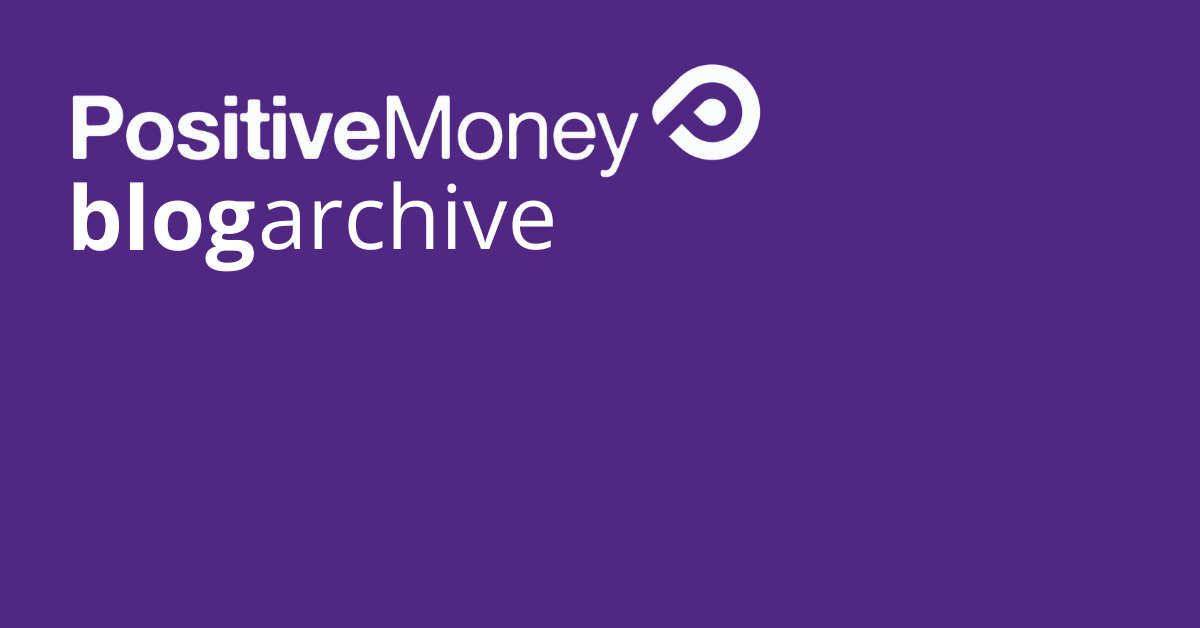When people don’t believe you that banks create money…

A couple of years ago I remember trying to explain to my mum how money is created. Despite doing my best, she didn’t believe it.
So I showed her the homepage of Positive Money and one of the youtube videos explaining how money was created. She became more interested in the idea from the video and after looking at the people behind Positive Money she started to take the idea more seriously.
The above experience simply highlighted for me that the authority of the person sending the message is important. Some people can evaluate ideas purely on their logic, but most people will also take into consideration the authority of the person making the statement.
Applying the above, in 2012 I wrote an open letter to the Reserve Bank of Australia, attempting to have them confirm in writing that we are using a fractional reserve banking system.
The questions I raised in the letter on 4 June 2012 related to their own statistics / data.
The questions were:
“In January 1990 there was a total of 310.2 Billion $AUD circulating through the Australian economy. By January 1991 an extra 12.3 Billion had been created, bringing the total amount of Australian dollars circulating through the Australian economy to 322.5 Billion.
During those twelve months the Reserve Bank only created an extra 1.4 Billion in notes and coins.
Who created the remaining 10.9 Billion?
How did they create that 10.9 Billion?
Can that extra 10.9 Billion be destroyed? If so, how? (not referring to actually burning $100 bills obviously).
Does anyone actively restrict (through regulation) how much extra money they create each year?”
I don’t know whether other central banks publish comprehensive data on lending and credit aggregates for their economies, if some don’t then the data could come from the most respected source for that country.
This was the RBA response, on 4 June 2012:
“It is common for broad money to grow faster, in dollar terms, than currency. The difference is mainly driven by a process called ‘money multiplication’, described in most macroeconomic textbooks (1).
To use an example, if you invest $100 of newly minted cash in a bank deposit, your new deposit balance counts as money. If the bank then lends the $100 to, say, a business, most of these funds will return to the banking system as deposits. Consequently, the increase in broad money in dollar terms can be considerably larger than the increase in currency. The bank, the person and the business have interacted to create the additional money.
The process can be reversed. For example, if the household sector chooses to increase its holdings of notes and coins relative to its bank deposits, there is a decrease in the liabilities of the banking system and consequently the assets that it can fund.
The creation of money is not directly regulated, though the Reserve Bank of Australia does influence it heavily through changes in the cash rate which, in turn, influences bank lending rates and the appetite for borrowing and the provision of deposits.”
I then replied to the above letter and argued that the RBA had a legal responsibility to at least consider full reserve banking as an alternative to our current fractional reserve banking system.
Even if a central bank refused to reply or fully answer those initial questions about where the new money is coming from, I believe such a line of questioning could be pushed pretty hard via other means.
For example, a no reply would be a good starting point to engage with politicians, by engaging their curiosity and encouraging them to raise the question with the central bank.
If the official statistics show billions are being created each year and the central bank can’t /won’t explain how, you are in a good position to keep pushing.